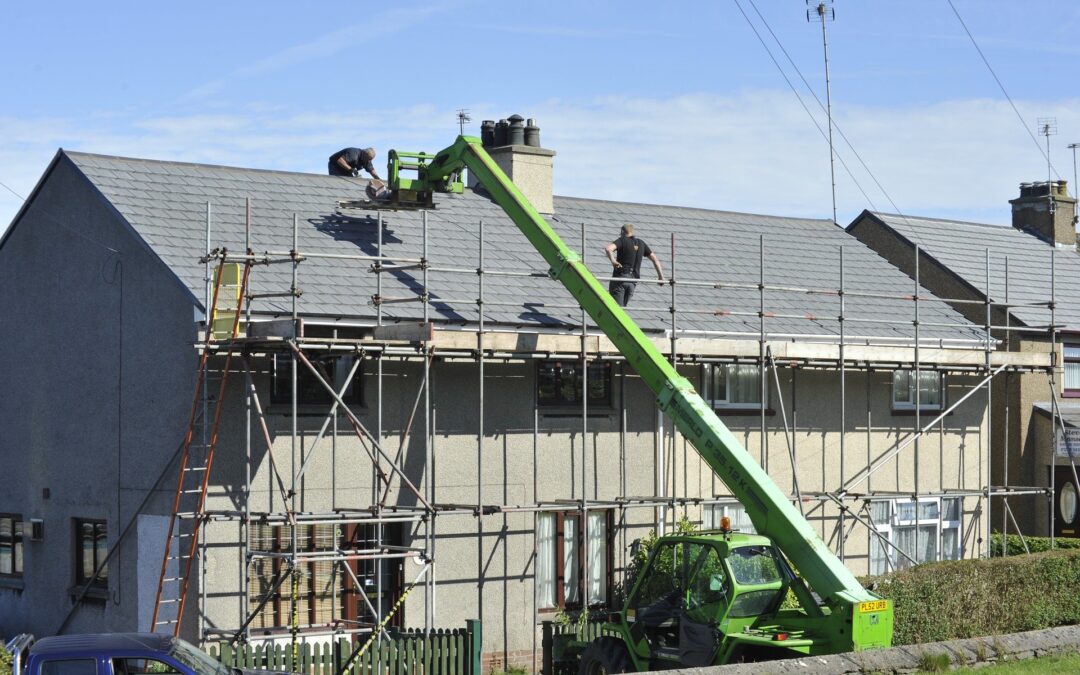
Market navigation has been hard for plenty of industries over the last few years, but the push behind the fix and flip market has stayed strong and increasing. So what’s the difference? What keeps the economics of fix and flips rolling? While it’s easy to boil down economics to supply and demand, this is only a piece of the puzzle; so let’s take a closer look at why the fix and flip market is so hot right now.
The principal of supply and demand – As an overarching theme, supply and demand is the basic driving force behind a hot market. Under basic market-driven economics, as the cache of a commodity increases, the price drops, and the inverse is also true if the supply decreases, prices tend to rise. With market environments which move quickly like that of fix and flips, supply is virtually always low, as new projects are scooped up rapidly to be resold at a high margin.
Low interest loans – Many traditional financial institutions won’t provide financing for fix and flippers, so private lenders have cropped up to back this hot market. With short term loans readily available from these lenders, the supply is high on loans. Partnered with high demand for loans, the interest on these fix and flip loans is kept low due to that supply, making investing a low-risk process for prospective fix and flippers.
Fast nature of project buying – With the ability to secure financing quickly and the demand for new houses high, the risk of investing is low. This means that potential projects are eaten up soon after they come to the market or hit the auction block. While this may feel like a setback to potential fix and flippers, this is a driving factor to keeping the market hot. The housing market has taken a shift in recent months towards higher demand due to short supply. Investors are more able to buy homes for resale than non-commercial purchasers are able to buy through traditional channels, making it easier for homebuyers to make purchases through fix and flippers.
The trends in the housing market are predicted to stay positive for fix and flippers, as housing prices rose over 6% from September to October this year.
Housingwire.com
Undervalued housing markets – While there are markets where property values make profiting on fix and flips a little harder, according to CoreLogic, 25% of housing markets are undervalued. Learning where the undervalued housing markets are nestled throughout the country can provide major revenue for real estate investors. Many of these undervalued markets are in smaller metropolitan areas that have traditionally been colder markets, where especially younger homebuyers have been flocking in recent years. Cities like Provo, Utah and Athens, Georgia have median ages below 30, providing plenty of opportunities for fix and flippers to take advantage of cheap property values in a youthful, fast-moving market.
The trends in the housing market are predicted to stay positive for fix and flippers, as housing prices rose over 6% from September to October this year. As housing prices continue to rise, the number of home sales also remains high, keeping the demand for housing a competitive market full of opportunities for real estate investors. Fixing and flipping is a market of opportunity with all forecasts saying it will only get hotter as 2021 grows closer.
For all your fix and flip investing needs, consider EMCAP your ultimate resource for financing. Contact us for more information about how EMCAP financing can support your next project’s needs.


